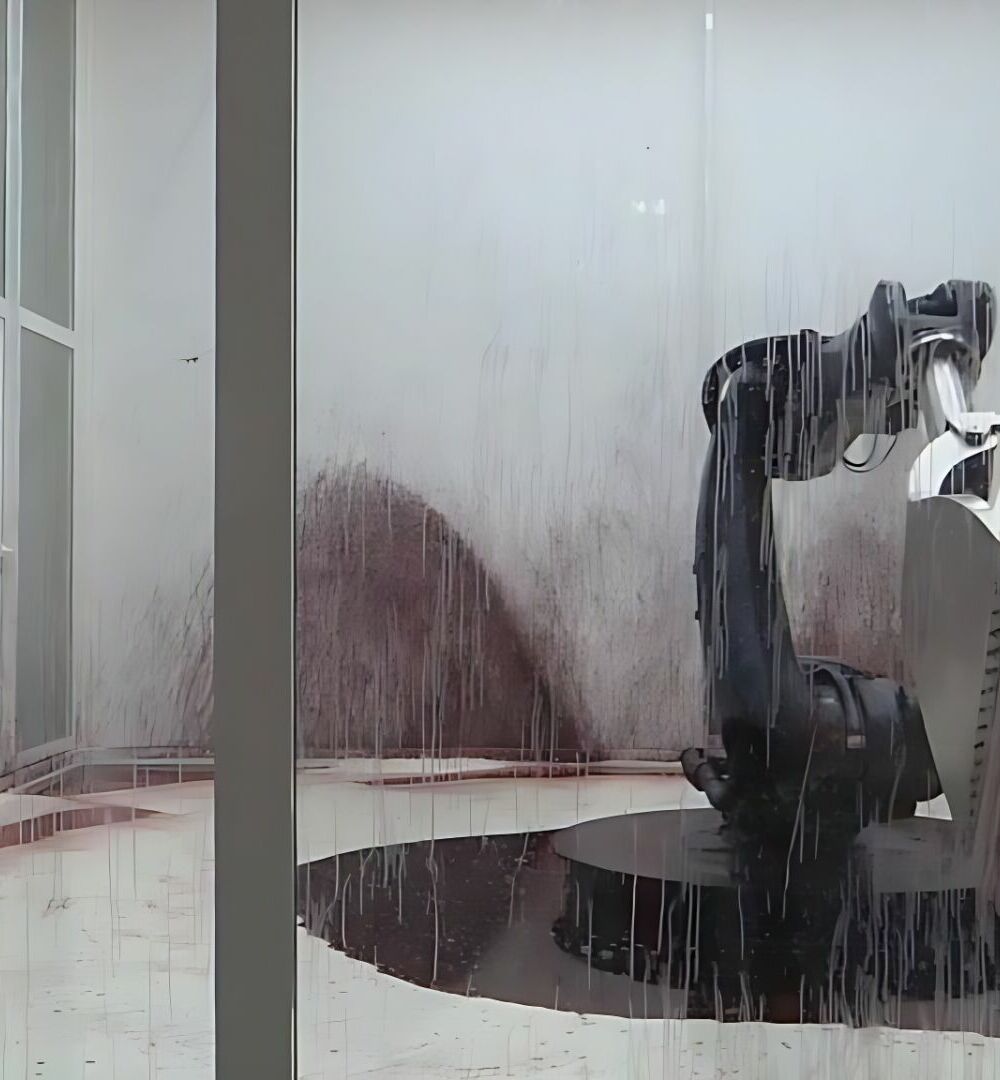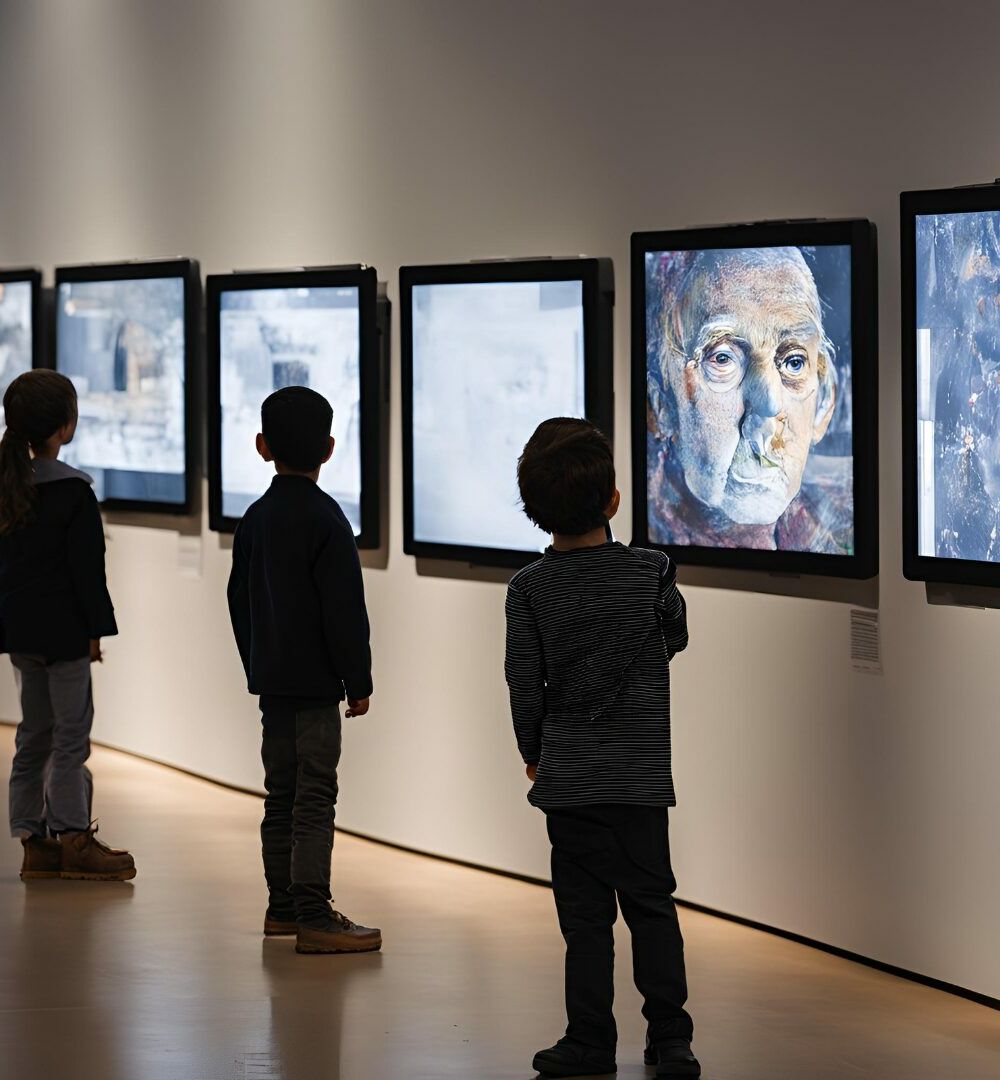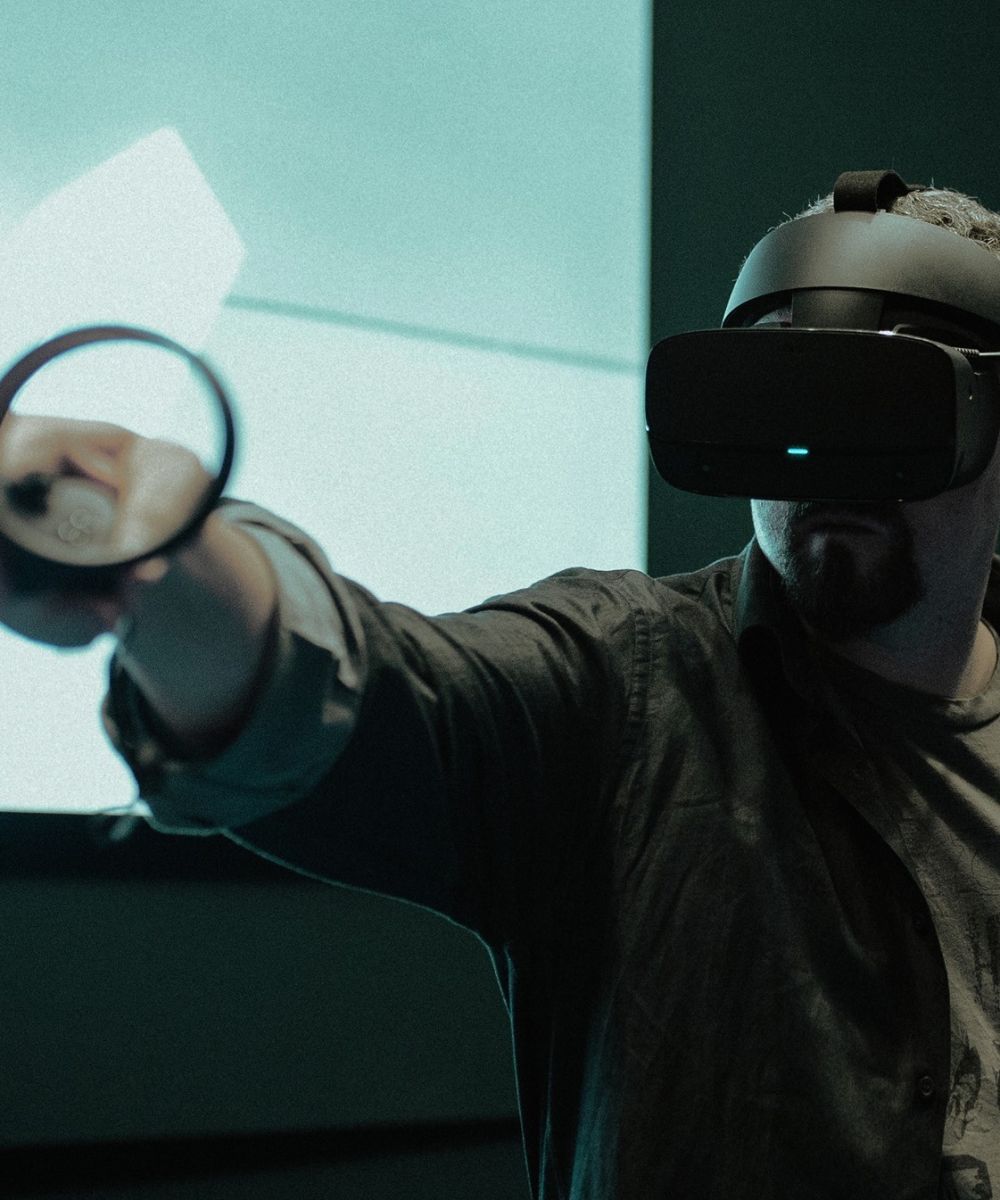Within just a few years, humanoid robots could truly become a common presence in the homes of many Chinese citizens.
Robots were the real stars of this years Chinese New Year Gala: 16 humanoid robots, developed by the Chinese company Unitree Robotics, performed a spectacular dance show, executing the traditional Yangge a folk dance that for centuries has embodied Chinese cultural identity during the Spring Festival, blending technological innovation and cultural heritage in a single event, which garnered over 2.8 billion views.
During the performance, the robots, dressed in traditional red jackets, shared the stage with human dancers, showcasing motor skills and movement precision capable of faithfully replicating even the most intricate gestures typical of the Yangge, such as the twirling of handkerchiefs and synchronized choreography. These elements highlighted advanced control technologies and the use of artificial intelligence, sparking intense international debate and fueling the ongoing tech rivalry between China and the United States.
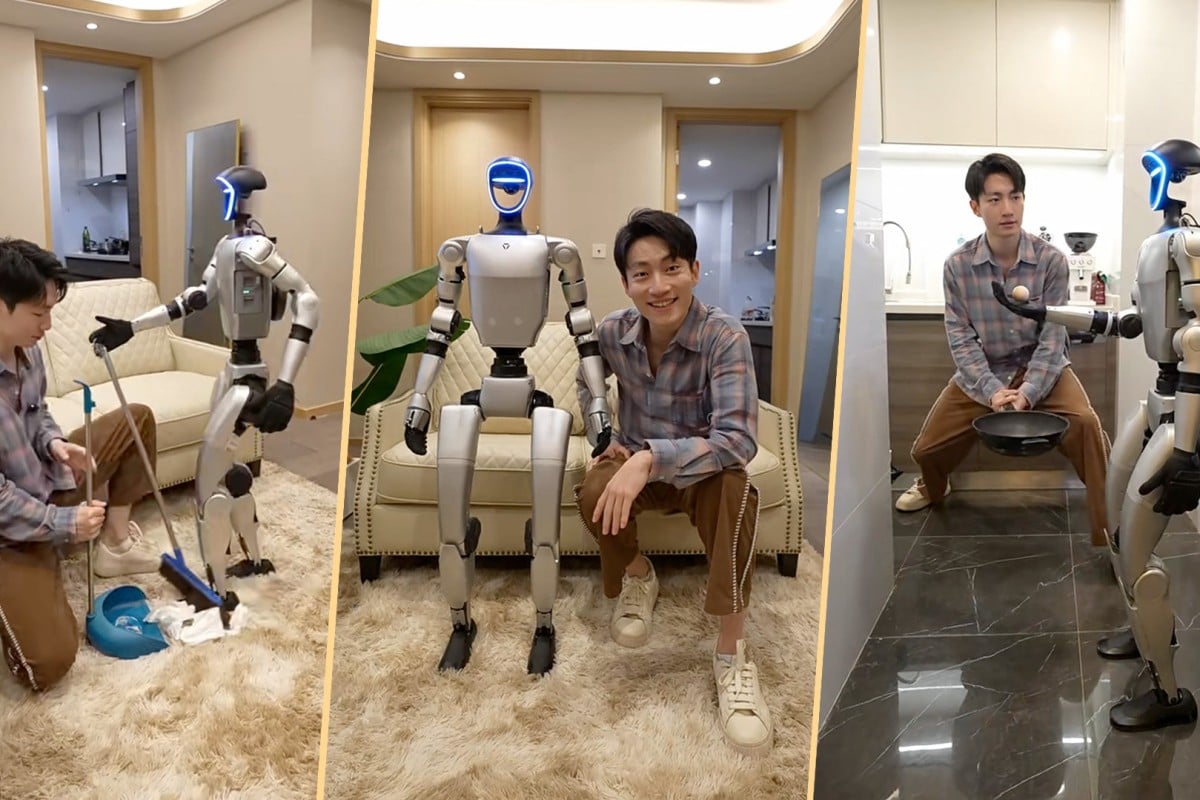
Chinas robot-mania has been ongoing for some time, with robots taking on an increasingly central role in daily life from service solutions in hotels, such as robotic waiters managing room service, to autonomous driverless taxis.
The latest business idea, however, comes with the possibility of renting a humanoid robot a practice that, thanks to e-commerce platforms like Alibaba-owned Xianyu, allows operators to rent models such as the Unitree G1 for just a few hundred dollars for promotional events, exhibitions, and grand openings.
Unitree Robotics, described as one of the six little dragons on the Chinese startup scene, launched its G1 model last May and began selling it directly to consumers at 99,000 yuan (about $13,700). At the Gala, however, the company presented the H1 model a more sophisticated and expensive robot priced at 650,000 yuan (around $89,563) which further captivated public attention. Requests to rent a robot skyrocketed after the dance performance, jumping from one or two groups per day to 1020 groups, with significantly increased conversion rates. This surge prompted many industry operators to rethink their marketing strategies and consider robot rental not just as a novelty, but as a strategic investment.
Beyond entertainment uses, humanoid robots are beginning to find applications in critical sectors such as logistics, security, and hospitality. Recent experiments have tested robots in patrolling tasks and customer service roles, proving their ability to perform complex functions and interact in a near-natural way with humans.
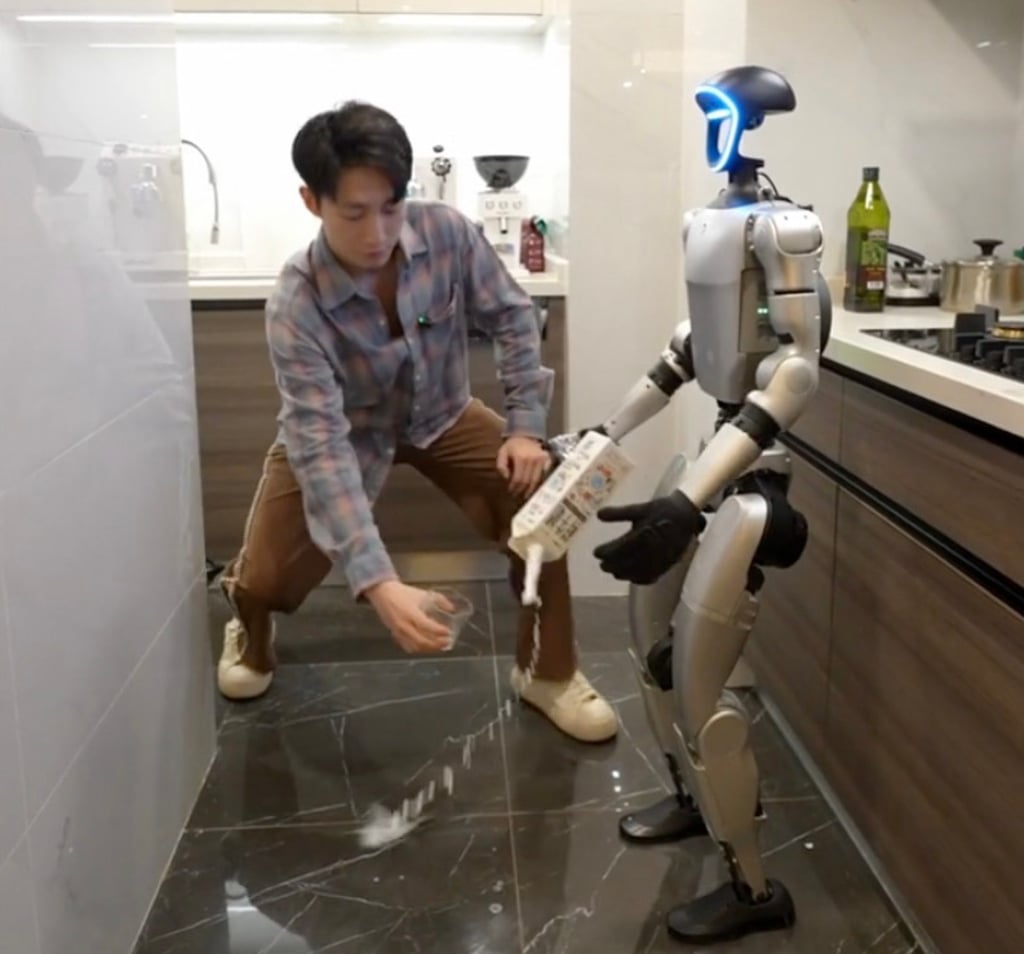
Progress in this field was once again highlighted by a recent experiment by Chinese influencer Zhang Genyuan, who rented a G1 robot for an entire day, assigning it household chores and even going on a date with it experiences that revealed both the communicative potential and limitations of these devices. During the day, the robot displayed surprising interactive abilities: it responded to questions in a personalized manner, even recognizing certain personality traits and aspects of the influencers life, demonstrating how AI and language processing technologies are rapidly evolving and capable of establishing a form of almost human communication. This suggests that within a few years, humanoid robots could truly become a common presence in the homes of many Chinese citizens.
At the same time, the success of the robots at the New Year Gala sparked reflections on Chinas role in the global tech race, as the ability to blend tradition and innovation represents a strategic advantage that has drawn attention from international media especially in the United States, where the event was interpreted as a sign of Beijings technological resurgence amid intensified global competition.
The event thus marked the beginning of a new era in which robotics is no longer confined to laboratories or limited industrial applications, but is instead deeply integrated into everyday life and cultural traditions, opening up new business opportunities and renewing interest in the adoption of advanced technologies, both commercially and domestically.
China scholar and photographer. After graduating in Chinese language from Ca Foscari University in Venice, Camilla lived in China from 2016 to 2020. In 2017, she began a masters degree in Art History at the China Academy of Art in Hangzhou, taking an interest in archaeology and graduating in 2021 with a thesis on the Buddhist iconography of the Mogao caves in Dunhuang. Combining her passion for art and photography with the study of contemporary Chinese society, Camilla collaborates with several magazines and edits the Chinoiserie column for China Files.























